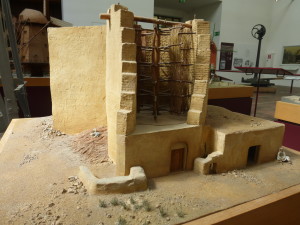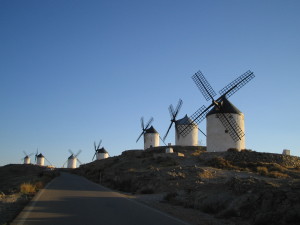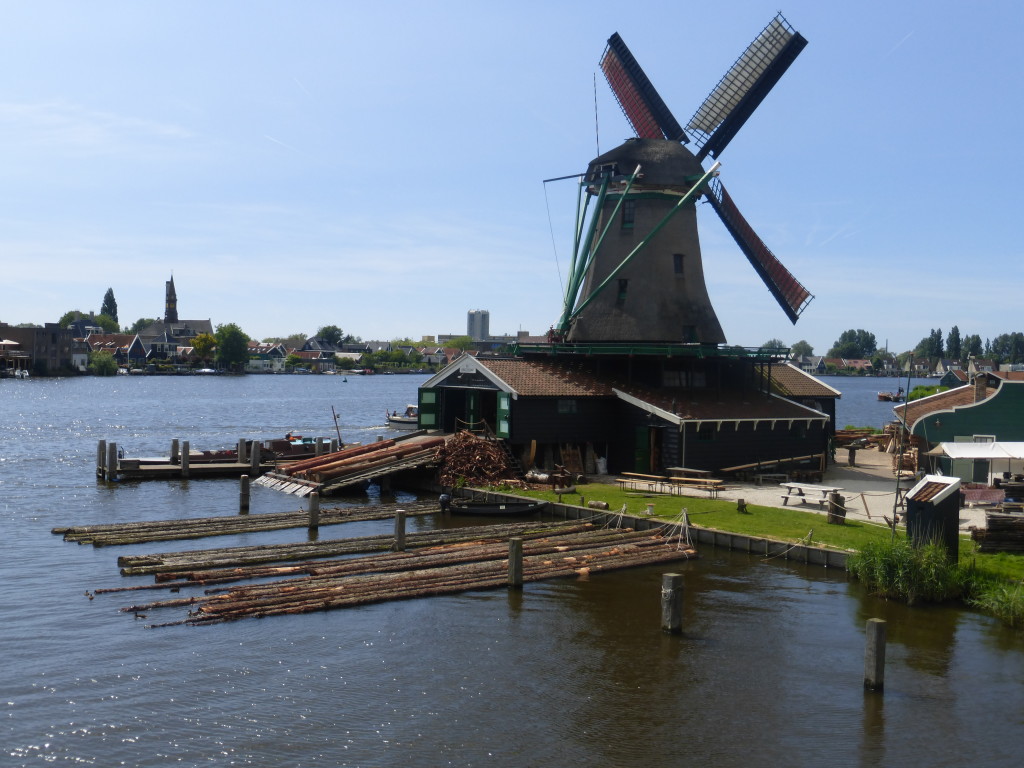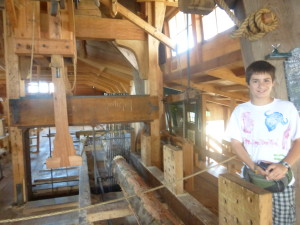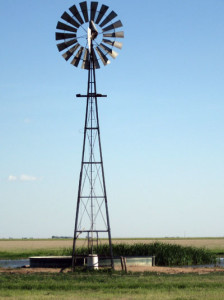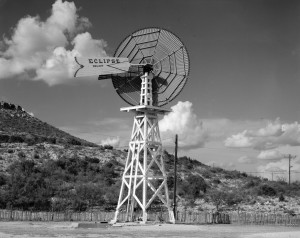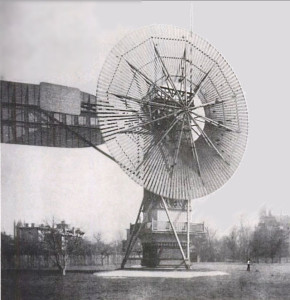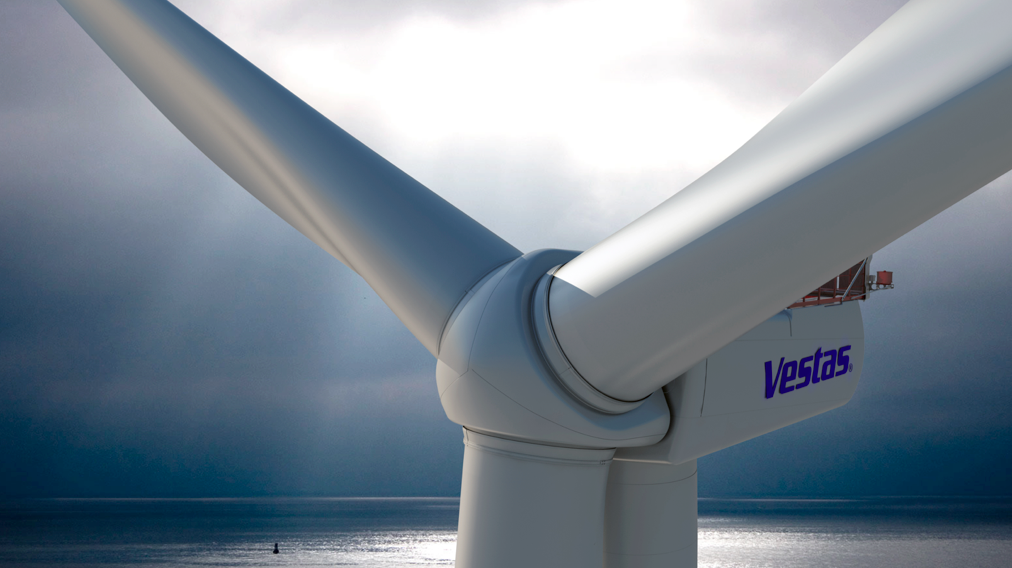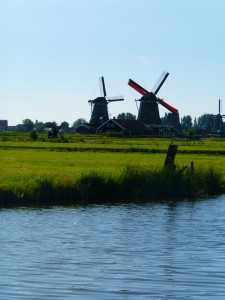 Did you know that once there were 10,000 Dutch windmills only 200 years ago, before the arrival of the steam engine? Now there are only 900! The Dutch windmills of the past were used to grind grain, flatten seeds to make oil, chop lumber, and pump water from the lowlands of the Netherlands. The American windmills were very different, pumping water from deep underground to get more water to help irrigate the vast fields of wheat, not trying to push it into the ocean like the Netherlands. Wind turbines now are used to produce 100% renewable, clean energy. There are also people inventing new technologies like long, multi-prop wires that spin a generator to produce more electricity.
Did you know that once there were 10,000 Dutch windmills only 200 years ago, before the arrival of the steam engine? Now there are only 900! The Dutch windmills of the past were used to grind grain, flatten seeds to make oil, chop lumber, and pump water from the lowlands of the Netherlands. The American windmills were very different, pumping water from deep underground to get more water to help irrigate the vast fields of wheat, not trying to push it into the ocean like the Netherlands. Wind turbines now are used to produce 100% renewable, clean energy. There are also people inventing new technologies like long, multi-prop wires that spin a generator to produce more electricity.
Wind Power of the Past
Back in the beginning of windmills, people in Persia had vertical axis windmills in use that look a little like the revolving doors of today.
This is an ancient Persian Vertical-Axis windmill. Imagine looking down from the top. The wind comes from the side and spins the windmill vertically,
European Windmills
Historians argue whether or not the Persian windmills gave the idea for European windmills. The first reference of European windmills was in 1185. Back then, there were only Post Mills.
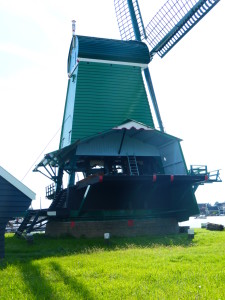
Post Mill: Look closely. See the brick base? That doesn’t move, the top wooden, green part is the one that moves when the miller moves it.
Post Mills:
Post Mills are named that because the main, top body of the mill swivels around a post. The miller turns the top body when the wind changes. So, as you can imagine, that’s a lot of work! Also, the post from the propeller goes diagonally, which means the tower has a limit to how tall it can be before you have to make the base wider.
Tower Mills:
Tower Mills are mills where only the cap rotates. That means the tower can be much taller and then the blades can be enlarged. If the blades are enlarged, the mill will be able to still produce a good amount of energy in less wind.
These are Tower Mills in Spain. These are made of stone and brick. If you look very closely, you can see the poles from the top of the mill to the ground. That is the pole that the miller uses to turn the cap of the mill when the wind changes direction. Source: Wikipedia
Smock Mills:
Smock Mills are Tower Mills with a wooden tower. They are lighter, which means it can be put on soft, waterlogged ground easily. The wooden outside, commonly called a “smock”, is thatched.
This is a Smock Mill. If you look closely at the body of the mill above the bottom level, you can see the thatch roof.
American Windmill
Over in America, people had got hold of the idea as well. But they didn’t have all the stone and expensive materials to power their windmills. They simply used a lot of metal and wood, which was much cheaper than the stone used in Europe.
This windmill is an American windmill, used for pumping water, churning butter, and grinding grain for cows. Source: Wikipedia
There are two types of American windmills: a factory-built windmill or a hand-made windmill. The hand-made windmills generally don’t work as well as the factory-built windmills.
Current Wind Power
Nowadays, there are very few windmills that grind grain. But there are wind turbines, which are oversized windmills that, instead of grinding grain, turn a generator, which in turn makes electricity. Wind turbines are a renewable source of electricity. That means they are clean and we will never run out of the power source. Wind will be blowing forever. The average commercial wind turbine produces 2 megawatts/hour (a kilowatt * 1000). The average small turbine in a business or school is 50 kilowatts. A residential wind turbine may be about 10 kilowatts.
The earliest wind turbine used to produce electricity was owned by a very rich man in the 1890s. The wind turbine (if you can call a big wood windmill thing a wind turbine) was 10m tall, 4 tons, and produced 6kw.
Wind turbines disappeared for many years. But in the 70s oil crisis, people decided to start using them again. So the first big turbines started to appear. At first, they were only 80 ft tall and produced 60-100kw. Then as they started to get taller, the higher elevation allowed them to capture the faster winds, and more energy was produced. 100kw, 200kw, 400kw, 500kw, 800kw, 1mw, 3mw, 5mw… they just kept getting bigger! Now, people have realized that wind energy is a great way to produce power and with relatively fewer problems than other energies. Also, people have discovered that offshore wind turbines produce a more consistent stream of energy, but they are more pricey to install and maintain.
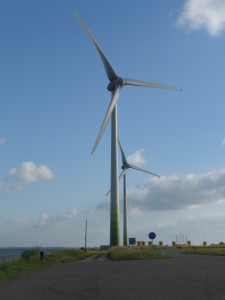
Wind turbines produce clean and renewable energy. They are also not much more expensive than other ways to produce power, such as coal or oil. Marken, The Netherlands
Here are the advantages and disadvantages:
| Advantages and Disadvantages to Different Kinds of Energy |
| Advantages and Disadvantages | Renewable Energy | Non-renewable Energy |
| Wind Energy | Solar Energy | Hydropower | Coal | Natural Gas | Nuclear | |
| It always works and produces electricity. | No | No | Yes | Yes | Yes | Yes |
| Clean | Yes | Yes | Yes | No | No | Yes, if you can count the occasional radioactive meltdown clean |
| Cost per watt of power (in dollars) | $80.3 | $130.0 | $84.5 | $95.6 | $66.3 | $96.1 |
| Animals killed | A few birds a year | None | Hundreds of fish don’t lay eggs when they should | Multiplehundreds of birds fly over and get poisoned | Slightly fewer birds than coal | None other than casualties of meltdowns |
| Will it run out? | No | No | No | Yes | Yes | Yes, because there is only so much of the elements needed to build it |
| Other problems | Takes up more land than non-renewable plants | Same as wind | Floods around dam more likely, less or not enough water downstream | Produces asthma attacks a more often | Slightly less asthma attacks than coal | Can’t get rid of the radioactive waste |
Wind Power of the Future
Nowadays, there are many inventors working very hard to patent better and more efficient ways to produce clean wind energy. For instance, people are working on long multi-prop cords that turn a generator or more efficient vertical wind turbines. Also, they have made Archimedes screw turbines as well. If their inventions do not catch on though, wind turbines will just get larger. For instance, back in the 90s, there was 100 feet tall wind turbines. If you double the height of those wind turbines, they produce 4x the power.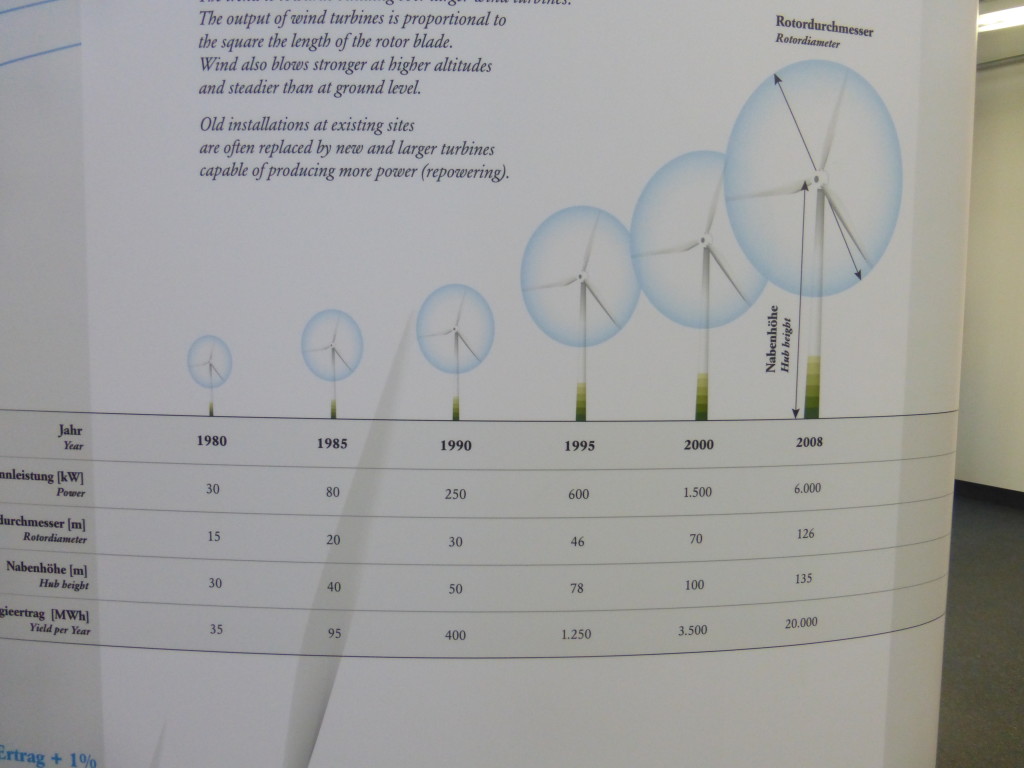
Here is an example of the height/watts scale. Source: Deutsches Museum, Berlin
Many companies are working on big offshore wind turbines, as they want the hold the record for the most megawatt capacity. The current record of megawatt capacity produced today is held by Vestas, a wind energy company. Their turbine is a 8mW offshore turbine.
Wind power has changed and developed so much throughout the centuries. It is an amazing, cheap way to produce renewable energy. Without a doubt, wind power shall continue to develop and produce more electricity.
